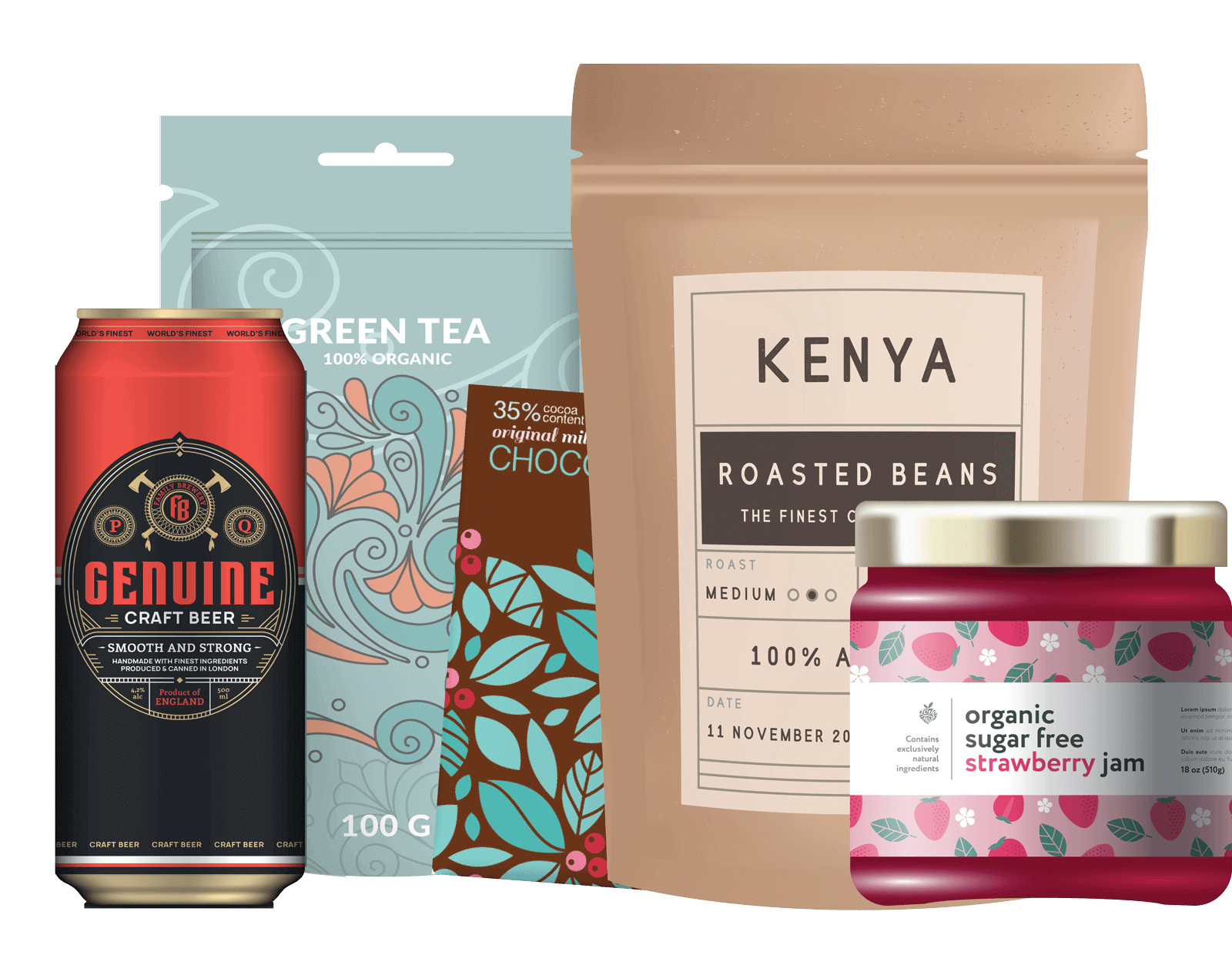When it comes to packaging components, it’s safe to say that closures always matter. Though many are first noticed as part of the package decoration, their core purpose is to keep contents in a container until the desired time, where some of them even help you dispense those contents. Whatever role you need your closures to perform, we have your guide to all the basics in one place.
Types of Closures

- CT (continuous thread; screw on)
- Dispensing
- CR (child resistant)
- Corks
- Sprayers
- Pumps
- TE (Tamper Evident)
- Tab-locs
So which should you choose? That all depends on the type of contents being packaged, the standards and packaging regulations involved, shelf appeal considerations, and best practices for optimizing the customer’s experience with your product.
Size
When you read about closure size, it is a reference to the diameter. Using a measurement in millimeters, ranging from 8mm to 120mm, closures are sized across the closure beginning and ending with the outermost point of the thread.
Finish
Also referred to as the neck finish, the finish refers to the height of the closures in millimeters. The Society of Plastics Industry (SPI) has created standard heights and thread turns.
The following are the four most common finishes, but there are others you can ask us about as well.
- 400 = minimum of 1 full turn of threads
- 410 = minimum of 1.5 full turns of threads
- 415 = minimum of 2 full turns of threads
- 425 = minimum of 2 full turns of threads on a bead finish, minimum of 1.5 turns on a beadless finish.
Lug/Twist
When talking about thread configuration, you may hear the term “Lug/Twist.” This is differentiated from a continuous thread and has threads spread equally around the neck of the bottle. The closure has matching threads to engage each of the thread segments.
Ratcheted Closures
Ratcheted closures most commonly have ratchet-like “teeth” at the base of the closure. When these are threaded onto a bottle, complete with its own corresponding ratchet-like teeth, they engage with each other and make the closure a “non-removable” cap.
Get Closures and Information You Can Count On
With this basic guide to closures, we hope you have all the information you need to get the best for your product. With closures and much more, you can always call MJS Packaging to walk through the information and the processes. You can always get the simple-but-important answers as well as assistance in finding a complete package solution.
Read more about Roll-On Pilfer Proof (ROPP) Closures.




